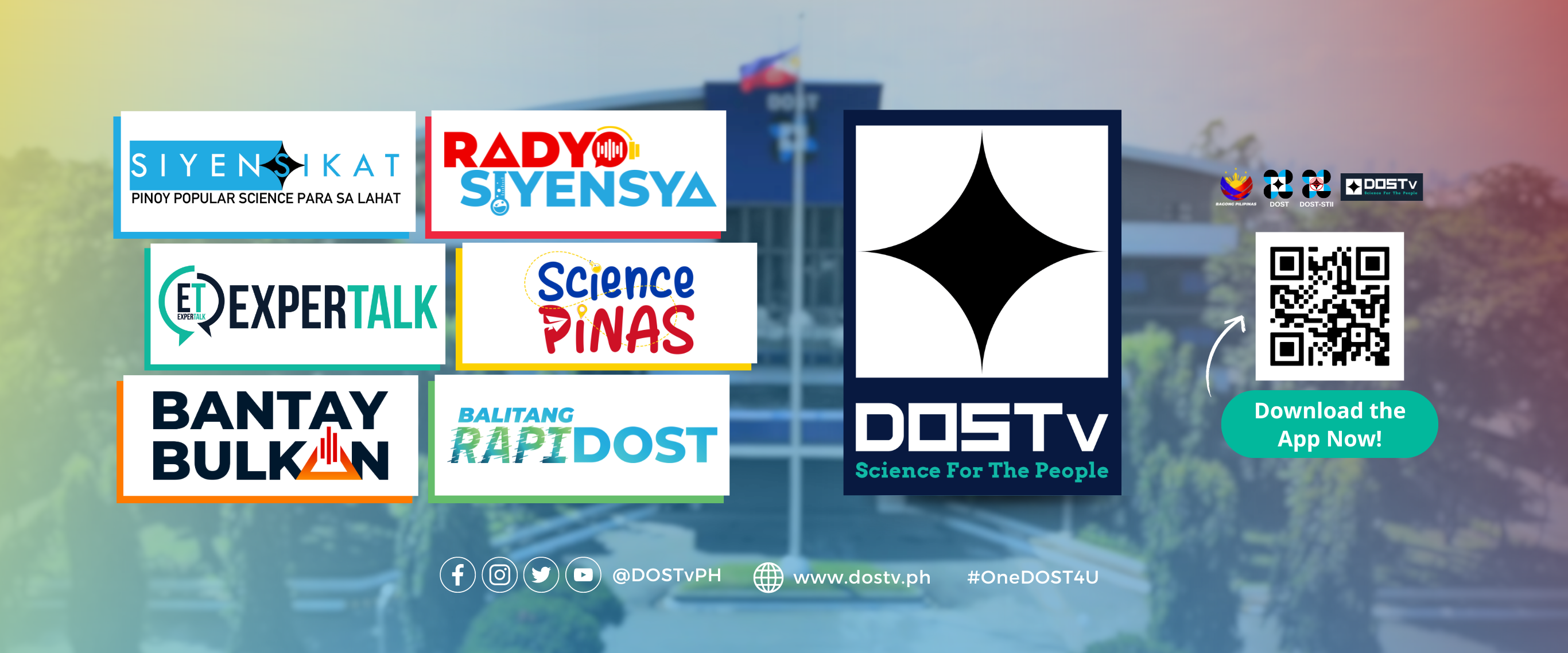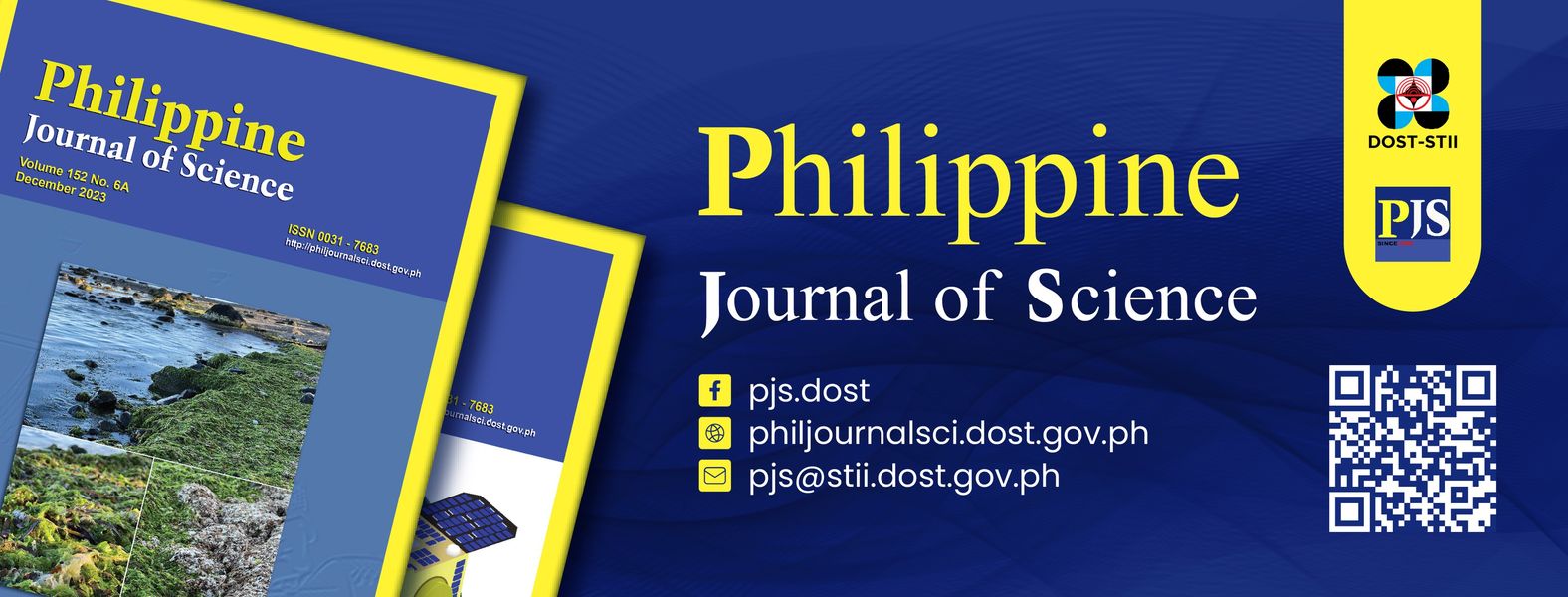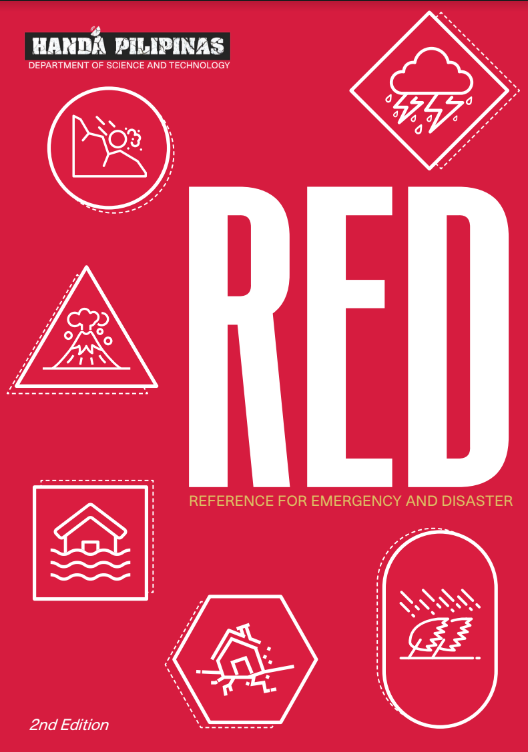Abaca, known worldwide as Manila Hemp, is an economically important crop indigenous to the Philippines. It is the lifeblood of more than 200,000 farming families from 56 abaca growing provinces in the country.
Abaca is also a top export commodity of the country with an average of US$80 million annual export earnings. In global trade, it boasts of high demand as raw material for cordage, textile, handicrafts, and specialty papers.
Just recently, it found its niche in the automobile industry as the “strongest natural fiber material” for dashboards and car interiors.
Supplying 85 percent of the total world abaca fiber production, the Philippines prides itself as the world’s top producer of abaca fiber. Despite its dominance in the world market, however, the country is confronted by the reality that abaca remains a poor man’s crop. The small farmers get meager income from abaca production, and this eventually forces them to shift to other crops.
Confronted by these concerns, coupled with many industry problems, abaca production in the country declined in the past years. As Ecuador tails behind in terms of production and with Indonesia’s aggressive abaca reforestation program, the Philippine abaca industry is put in a precarious situation. If not addressed, the Philippines might lose its leadership in the abaca global scene in the future.
The government, through the Department of Science and Technology-Philippine Council for Agriculture, Aquatic and Natural Resources Research and Development (DOST-PCAARRD) and its partners, is pushing several S&T interventions to address poor technology adoption of farmers, lack of high-yielding and virus-resistant planting materials, and prevalence of pest and diseases pressures – most notorious of which is the abaca bunchy top virus (ABTV).
One of the major initiatives is the development and promotion of improved abaca varieties to strengthen commercial production.
After many years of research and field tests, researchers from the University of the Philippines Los Baños (UPLB) led by Dr. Antonio G. Lalusin were able to develop high yielding and ABTV-resistant abaca hybrids. These hybrids are more vigorous, could produce a yield of 1.56 mt/ha/yr, and give 20-30 percent higher fiber recovery than traditional varieties.
Since traditional varieties are very susceptible to the dreaded ABTV disease, the new resistant hybrid abaca of UPLB is considered very promising in rehabilitating abaca plantations affected by the ABTV disease.
The high yielding and ABTV-resistant hybrids project is an R&D initiative under PCAARRD’s Industry Strategic S&T Plan for Abaca. Specifically, it is expected to contribute in achieving a higher fiber yield from 0.527 mt/ha to 1.2 mt/ha and increased fiber recovery from 1 percent to 1.5% percent by 2020.
The project on abaca production is a collaborative work among UPLB, Visayas State University, University of Southern Mindanao, Bicol University, Western Mindanao State University, University of Southeastern Philippines, Caraga State University, and Catanduanes State University.
Currently, the research team is now mass producing and promoting the use of hybrids in major abaca producing provinces such as Sorsogon, Catanduanes, Leyte, Southern Leyte, Northern Samar, Western Samar, Davao Oriental, Davao del Sur, Surigao del Sur, and Sulu. Once fully commercialized, 1,568 hectares of abaca farms is targeted for rehabilitation out of the project.
By rehabilitating abaca farms with high yielding and virus-resistant hybrids, PCAARRD and its partners hope to usher more and better opportunities for the local farmers, processors, and other industry stakeholders. Through the adoption of these UPLB hybrids, the government aims to ease the plight of poor abaca farmers and help improve their income and social status.
As competition for leadership in abaca production tightens, the government takes on the challenge of stepping up the game in the global market and keeping pace with other rising abaca producing countries.
PCAARRD’s commitment to agriculture will be showcased by the Council when it participates in the National Science and Technology Week with the theme, “Philippines: A Science Nation Innovating for Global Competitiveness,” from July 24-28 at SMX Convention Center, Mall of Asia, Pasay City. PCAARRD adopts the theme Strategic Industry Program for Agricultural Growth (SIPAG) ni Juan to bolster PCAARRD’s commitment to agriculture, the first of eight outcomes which DOST focuses on to help achieve sustainable national development via science and technology. (S&T Media Service)
Written by Administrator
Monday, 29 June 2015 09:04


















 21 in 2021 Technology Catalogue
21 in 2021 Technology Catalogue 21 in 2021 Technology Catalogue
21 in 2021 Technology Catalogue DOST Innovations - Web and Mobile Applications for Disaster Risk Reduction and Management
DOST Innovations - Web and Mobile Applications for Disaster Risk Reduction and Management